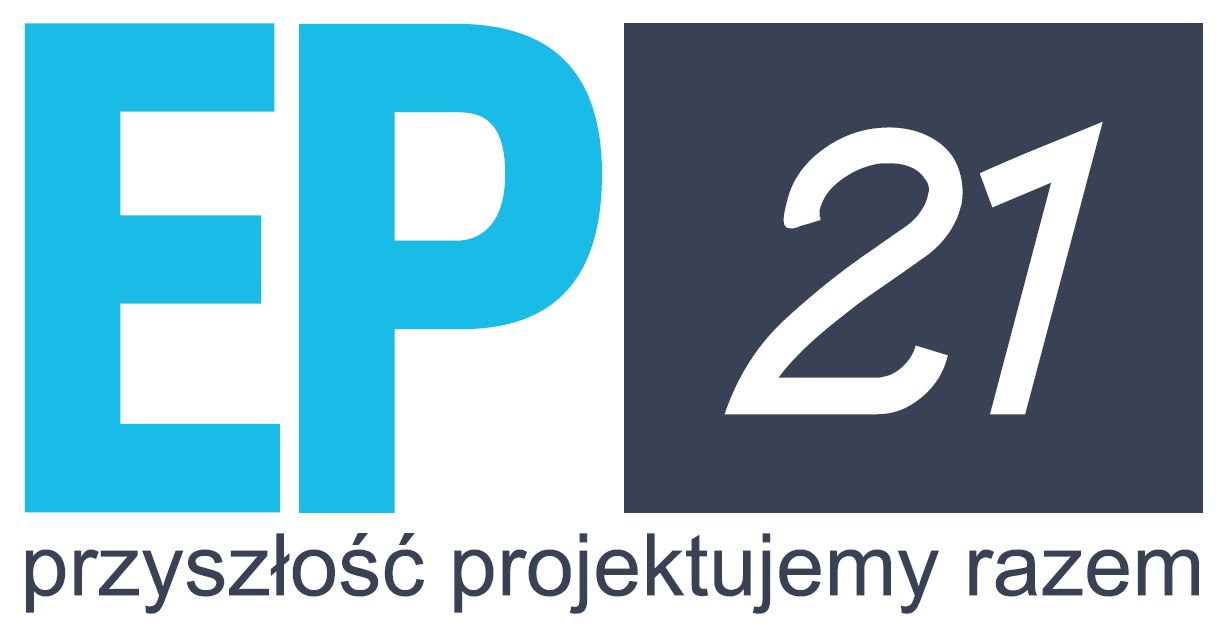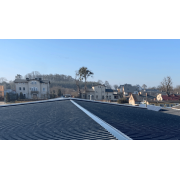Search in blog
Blog categories
Latest comments
-
Opłacalność fotowoltaikiRosnącym problemem związanym z rozwojem fotowoltaiki jest...
-
poptávka a cenuDobrý den, prosím o podrobnosti tohoto produktu. Ahoj Zdarsa
-
Panely purpenyJaka by bola cena 100 mm panel dakujem
-
Ocelové profilyDobrý den prosím Vás o radu , jaké profily použít na...








Leave a comment